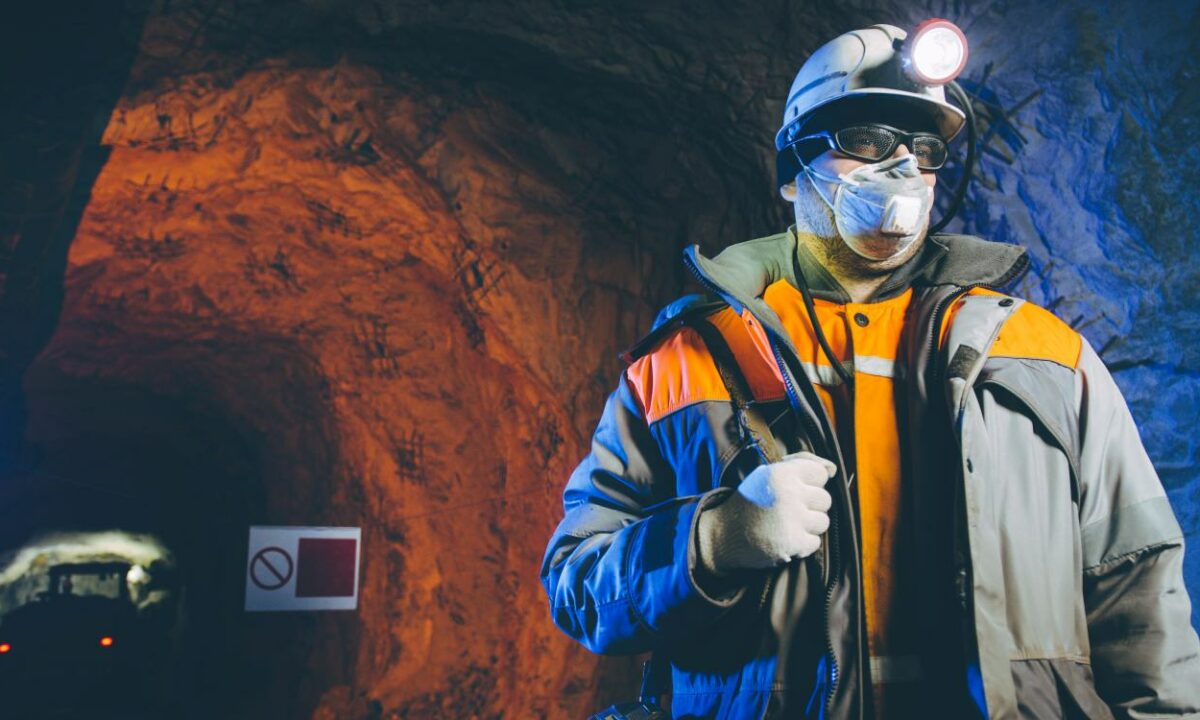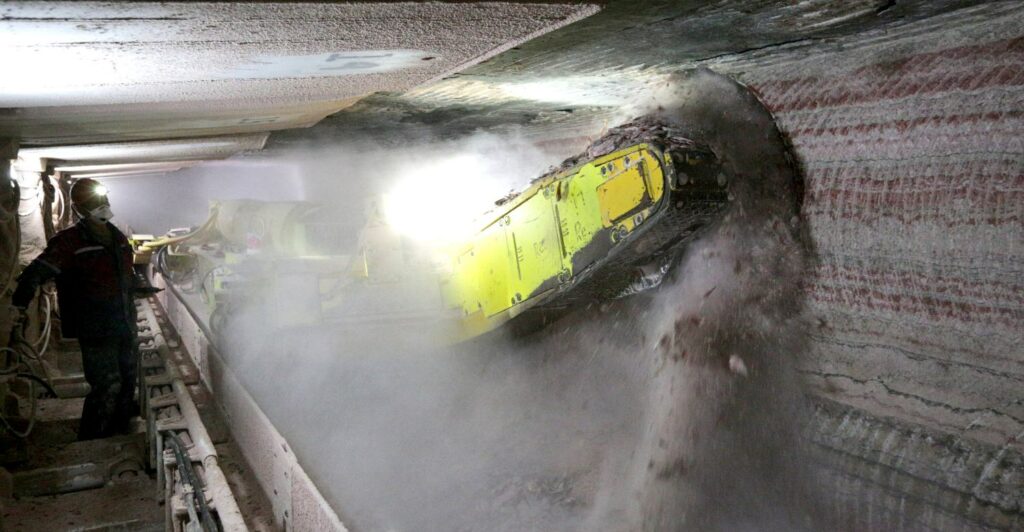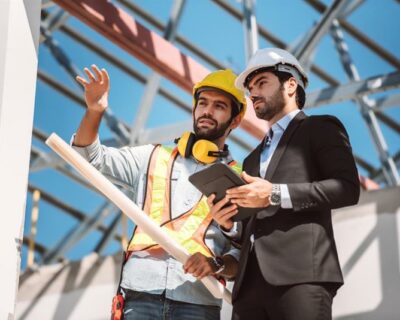
Underground Mining Safety
No matter how safe it is, mining is a hazardous profession. Some of the risks are caused by human error, while others are caused by forces of nature that demand arduous research and dedication to foresee. And even with the best predictive measures, the earth can astound the greatest geologists. And these safety incidents and emergencies are frequently lethal, regardless of the cause.
Applying every safety measure available is the only way mining professionals can mitigate disaster. That’s why we reached out to the pros to explore all the equipment and procedures they use in the darkest depths of our earth.
Contents:
Safety Measures for Underground Mining
Miners today use a variety of clever techniques to protect themselves from extreme hazards. These techniques have been developed through trials and unfortunate errors. Yet today’s professionals have a keen eye for safety and some fantastic tools that help make chipping the earth more habitable, predictable, and viable.
- Checkpoints – Mines can extend miles underground so it’s critical that workers are monitored via check-ins and check-outs. If someone gets hurt or stuck, the monitoring system will guarantee a rescue or search party is started to find the missing team member.
- Emergency response plans – Miners should be prepared to act swiftly and effectively in the event of a cave-in, fire, explosion, the presence of hazardous gases, or any other emergency. For the majority of people, this will entail a calm evacuation; for others, it might entail getting in touch with superiors or helping the emergency response teams.
- Ventilation and monitoring systems – The condition of the air is of utmost importance in underground mines. Ventilation is necessary to prevent harm from hazardous vapors, combustible gases, or dust. However, a ventilation system alone is insufficient; air quality must also be regularly checked in order to identify any issues and take preventative measures before they develop into emergencies.
- Communications – This is another critical element of mine worker safety. Basic communication tools are provided by some mining companies so that every employee may stay in touch with managers above ground, while other companies also offer tracking devices for miners and equipment.
- Lighting – For normal tunnelling operations, an illumination level of at least 5-foot candles is maintained because poor visibility in a mine might result in a variety of accidents (55 lux).
- Safety training – Miners need to be aware of a variety of safety precautions, such as how to use heavy machinery safely, how to avoid noise and air pollution threats, and more. By keeping people informed about these and other hazards, safety training can help lower the likelihood of injury or death in underground mines.
- Specialized gear and PPE – Miners wear protective or high-visibility clothes, as well as the appropriate footwear, gloves, hearing protection, eye protection, helmets, and face masks. Dust-filtering air filters like P100 filters are also a common sight. In some mining operations, organic vapor filters are also required. Some even use supplied oxygen breathers.

Underground Mining Methods
The following underground mining methods have been created over time in order to extract diverse substances in the most effective manner possible because there isn’t a single strategy that works for every sort of ore, mineral, or gemstone.
Longwall Mining
Ore “walls” are removed with longwall mining from their horizontal, flat faces. The wall may stretch for miles and be only a few hundred meters wide. On the ore face opposite the entrance, excavation is done, and support is built as it goes. Coal, potash, gold, and trona are among the materials that are most frequently mined with longwall mining.
Hard Rock Mining
This category of mining actually refers to a number of different techniques, the most popular of which are:
- The mining technique known as “room and pillar mining” removes “rooms” from a flat ore body while leaving “pillars” behind to support the ceiling. The pillars are taken out starting at the back of the excavation when the mining is finished, allowing the ceiling to gradually fall. Coal, potash, iron, copper, cobalt, talc, and dolomite are among the minerals mined using it.
- Cutting the ore into horizontal slices, then filling the space with cement and crushed rock is known as cut-and-fill mining. This helps prevent collapse. Typically, it is employed in the mining of gold, silver, copper, and iron.
Dangers of Underground Mining
For miners, underground mining poses a variety of risks including cave-ins and noise problems. In 2020, the average Total Recordable Injury Frequency of the 54 multinational mining businesses surveyed by GobalData was 3.26.
The following are the main hazards miners are frequently exposed to in the depths:
- Cave-ins are a major issue for underground miners everywhere. They can happen when an underground mine’s well-designed structure is destroyed by an earthquake, when a supporting pillar suddenly collapses, or when an explosion causes a tunnel to collapse.
- Extreme temperatures are another hazard miners are exposed to daily. Miners must endure temperatures as high as 60°C or as low as -50°C. Heatstroke, frostbite, and other mild-to-severe ailments are possible outcomes of this.
- Dust can be lethal if you breathe it every time you begin a work shift. Pneumoconiosis, also known as “black lung,” is a fatal condition that begins with breathing problems. The most frequent offender, though not the only one, is coal dust.
- Air quality in a mine is something that merits constant monitoring. This is in no small part due to gases that have naturally accumulated underground over millions of years and fumes from large machinery.
- Explosions can also plague our mineral-gathering experts. They’re becoming rarer, but mine explosions still happen. And when they do, they tend to cause a high number of fatalities. Gases that are combustible or explosive can build up underground; all it takes is a single spark from nearby machinery to set them off.
- Noise hazards seem small compared to the rest of the issues, however, underground miners often work in close proximity to heavy machinery. These machines exceed the established limit for noise hazards; couple this with the way mines reverberate sound waves and you have an environment extremely hostile to ears.






























